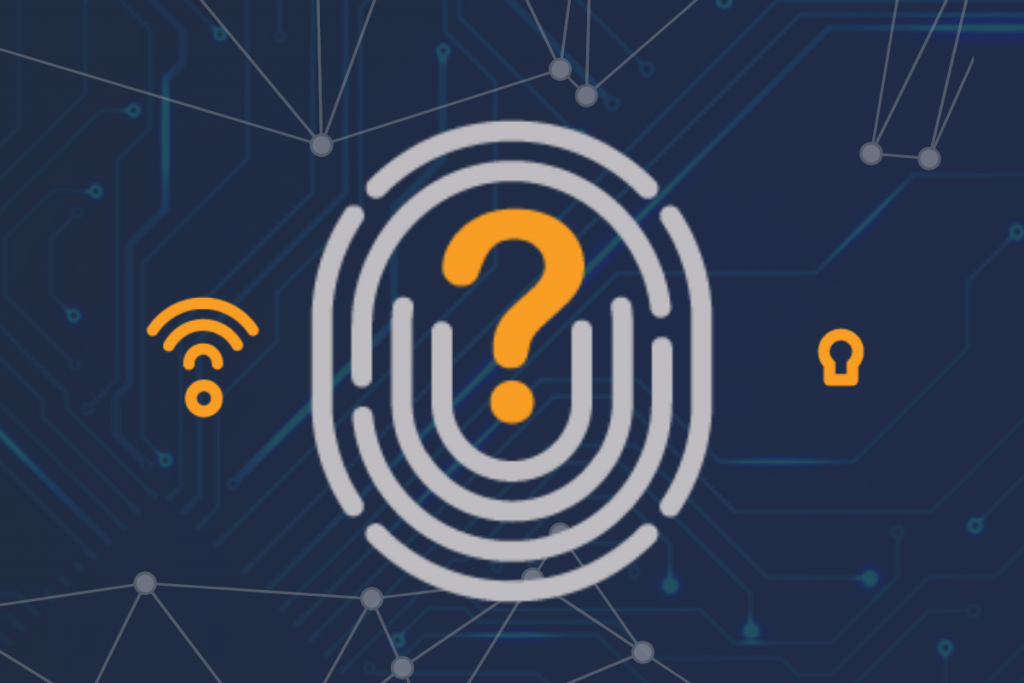What are the differences in MDM functions between Android (Huawei, Motorola, Redmi, etc.), Samsung and Apple devices?
The question about different functions that a mobile device management can fulfill depending on the device type may seem strange at first. Shouldn't an MDM work the same way everywhere?
Indeed, this would be the best-case scenario. However, smartphones and tablets from different manufacturers also have different operating systems.
Since Android is generally an open operating system, every manufacturer makes changes. Thus, the interfaces that an MDM can use are also always different. With the large number of Android devices available, it is simply not possible to connect all devices equally well.
Consequently, this means that although every Android device can basically be connected to an MDM, there may be major restrictions in terms of functions.
To give an example, the fact that Huawei devices are now almost completely disconnected from Google means that managing the device via MDM is severely limited, as many Google functions are required to run an MDM. This also illustrates how important, but also complex, the connection between Android and Google is.
However, other device providers for Android invest a lot so that the devices can be used in a business context. For example, Samsung, which offers Samsung Knox, a way to connect Samsung devices to an MDM more easily and securely.
Through Samsung APIs, the interfaces to the MDM, many advanced features can be used that meet increased security standards.
Apple devices are also popular in enterprise deployments because of their high quality and durability. With the DEP platform, Apple also offers a way to lift iPhones or iPads into an MDM via a central location.
Apple already worked on the special security of the devices in the past. This is also a reason why they are very popular and may also be used in government agencies, for example.
If Apple devices are used with an MDM, many functions that are relevant for security can also be used.

